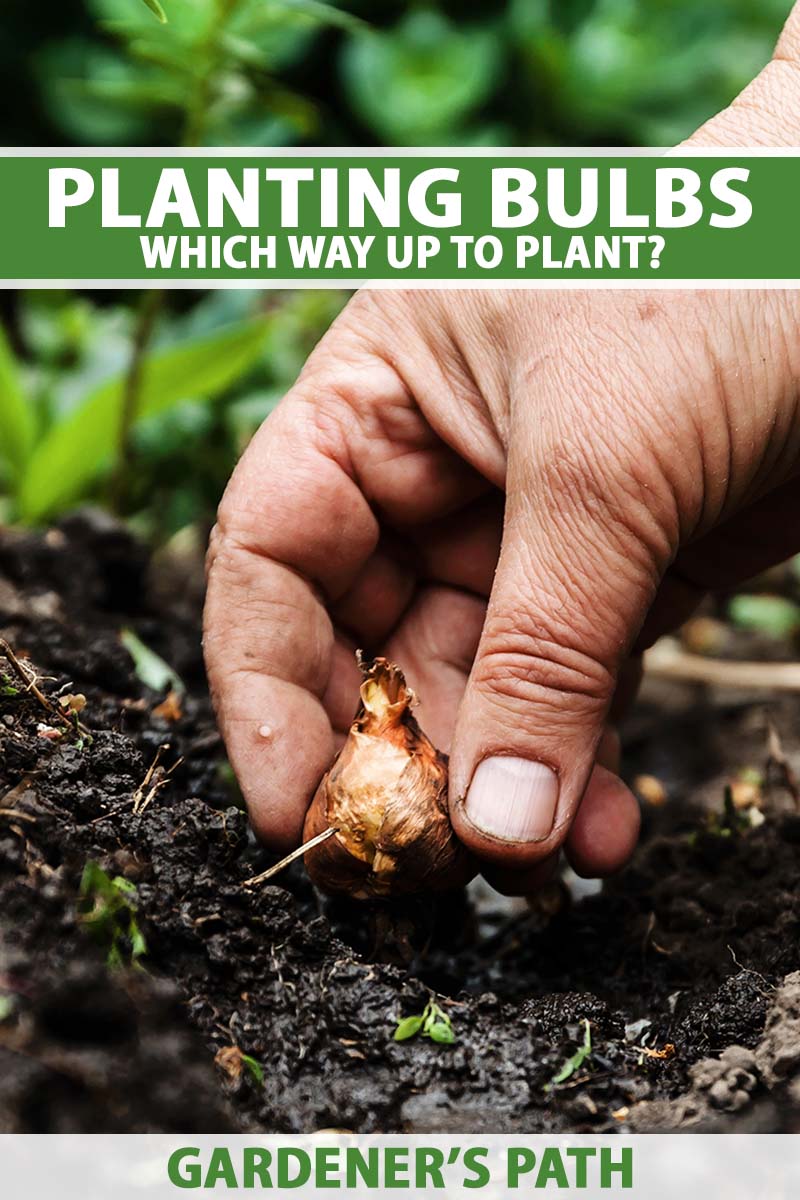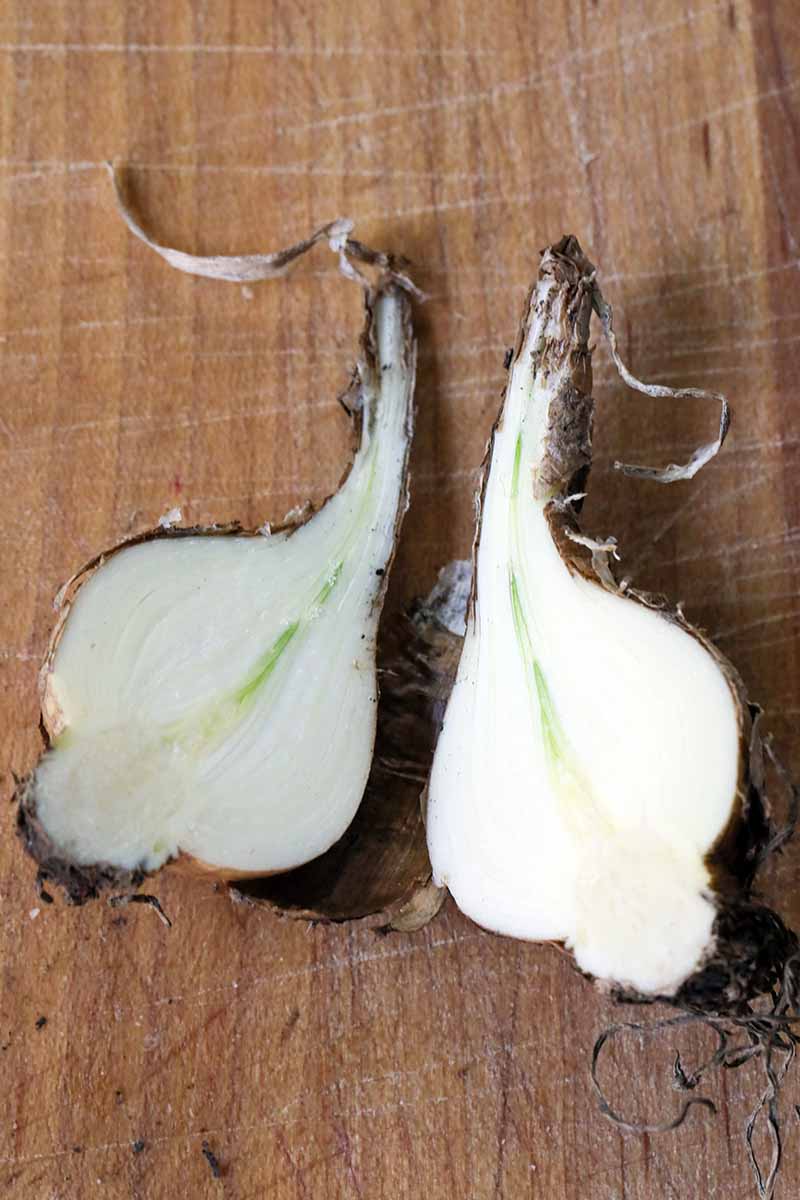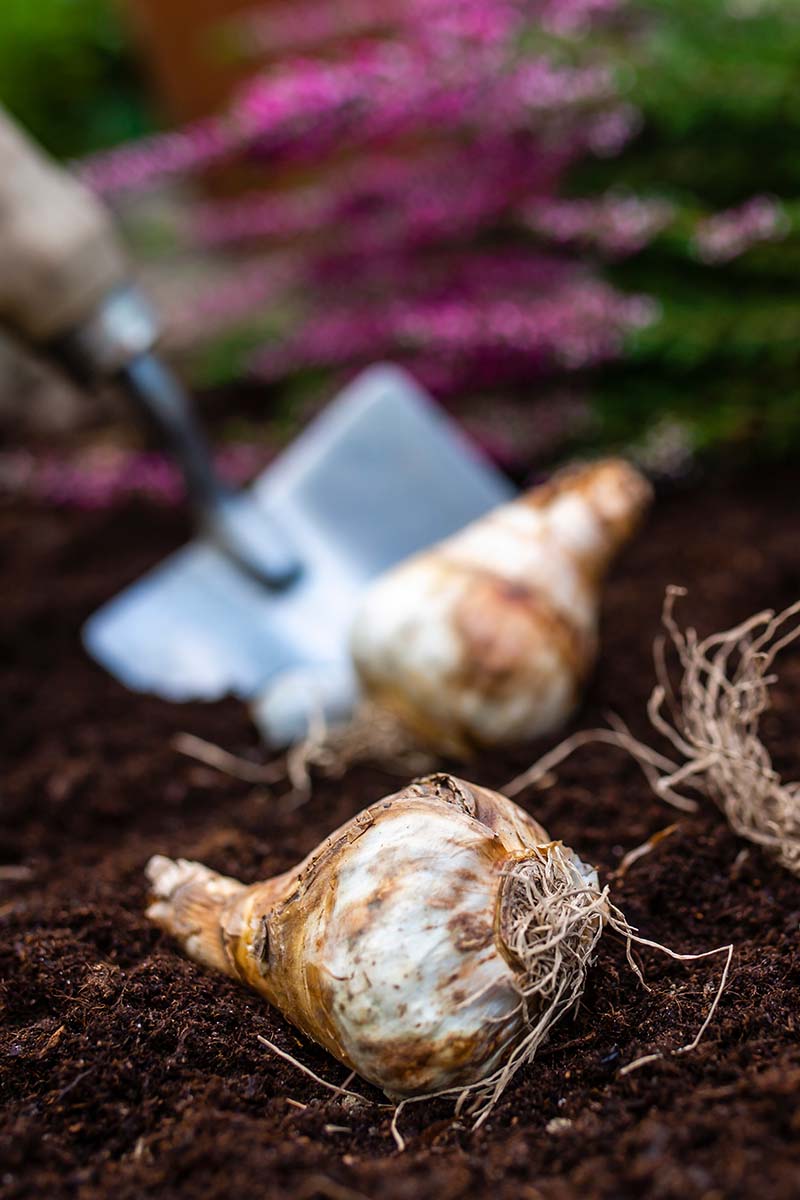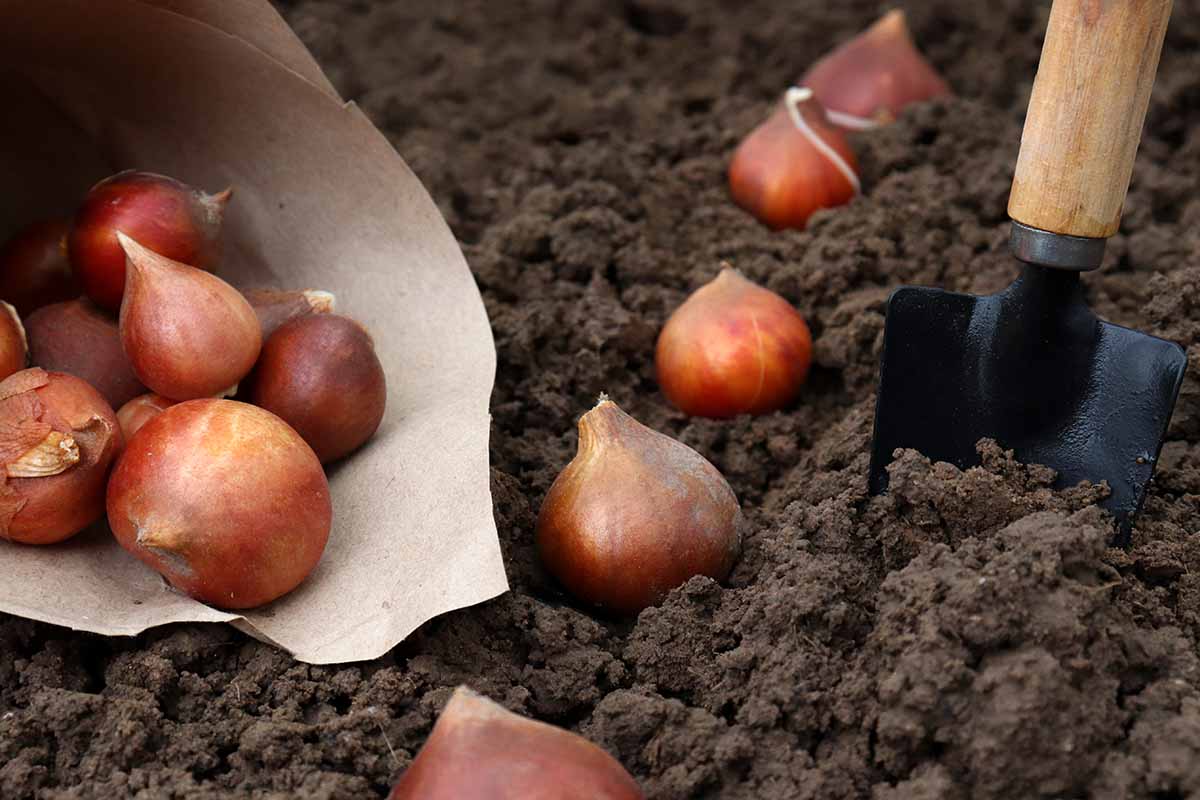Others are far less clear, leaving you scratching your head about how to stick them in the ground. We link to vendors to help you find relevant products. If you buy from one of our links, we may earn a commission. In this guide, we’ll make the situation more clear – and we’ll also explain why you can plant upside down without worrying. Get ready to discover the following: To make things easier, it helps to know a bit of anatomy, so get out your notebook or gardening journal and let’s start anatomy class!
Bulb Anatomy
Let’s begin with the inside. This is where the developing bud is, surrounded by the developing leaves. This is the embryo that is just waiting for the right conditions to start growing. On the outside are the scales and the papery covering, which is also called a tunic. The scales are the part that stores the food to feed the developing bud and leaves. At the base is the basal plate and the roots. Some plants referred to as flower bulbs are actually different structures, such as corms, tubers, or rhizomes. These are slightly different in their form, but the basics of planting are the same.
Which Way Should They Be Planted?
It’s easy, right!? The pointy bit goes up! Most bulbs have a pointed end, which is where the new growth emerges. If the bulbs you are adding to the garden have that, things are pretty straightforward. But not so fast – what about those that don’t have a pointy end? Gladiolus, alliums, dahlias, and hyacinths can all be a bit more challenging. Look for evidence of roots and a firm base. Almost all of them will have some roots or evidence of where roots have formed or will form, along with a firmer plate. The top will either have green bits beginning to emerge or will lack the plate and evidence of roots. Okay, great. But what if you can’t find any roots or a basal plate? Then what?
What Happens if You Plant Upside Down?
The world ends. Nah, just kidding! Plants are more adaptive than we sometimes give them credit for, and they’ll send new growth out of the bottom – the part that should be upright – no matter what direction they’re facing. The new growth will curve around and grow up toward the sun and air. That doesn’t mean you can go tossing them in any which way. It takes misplanted ones a little longer to emerge and it’s always better to try to start things out on the right foot. But the bottom line is that it’s no big deal if you accidentally plant upside down. It’s not the end of the world if you can’t figure out which way is up when you are planting. Just do your best and your plants will take care of figuring out which way to grow. What kind of plants are you putting in the ground? Are you filling your garden with flowers galore? Or getting next year’s garlic in the ground? Fill us in with a quick message in the comment section below. For more help on making your flower bulbs into the big, beautiful plants that you desire, check out the following guides next:
How to Prep and Store Bulbs for WinterEasy Bulb Propagation for the Home GardenerWhen Do I Plant Spring Flowering Bulbs?




